Underwater scooters (DPVs) offer thrilling aquatic exploration, but how do they stack up environmentally? Are these popular gadgets truly eco-friendly underwater scooters, or do they pose hidden threats to marine ecosystems? Let's dive into a balanced look at their impact.
The Upside: Why Underwater Scooters Offer a Greener Glide
When compared to traditional motorized watercraft, underwater scooters present several compelling ecological advantages, primarily rooted in their modern design and power source.
Cleaner Electric Propulsion: A Breath of Fresh Water
The most significant environmental benefit of nearly all contemporary underwater scooters is their electric motor, powered by rechargeable batteries. This design choice means they boast zero direct emissions. There's no exhaust spewing pollutants, no oil slicks forming on the surface, and no unburnt fuel residues clouding the pristine waters. This inherently cleaner operation is a world away from gasoline-powered boats or jet skis, actively contributing to better water quality and preventing the introduction of chemicals that can stress or poison marine life. For explorers conscious of their footprint, this is a paramount advantage.
Reduced Noise Signature (Compared to Gas Guzzlers)
While it's important to note that underwater scooters are not entirely silent, their electric motors generate significantly less disruptive underwater noise than the loud roar of traditional combustion engines. Boat engines can create an intense acoustic disturbance that travels vast distances underwater, capable of masking natural sounds, disrupting vital marine animal communication, affecting navigation, and even causing physiological stress. Underwater scooters, with their comparatively subdued electric hum, represent a considerable reduction in this specific form of pollution, making them a less jarring intrusion into the aquatic soundscape.
Noteworthy Energy Efficiency
Electric motors are known for their efficiency, and those tailored for DPVs are designed to maximize operational time. Many models offer several hours of adventure on a single battery charge. This efficient use of energy translates to a smaller overall environmental footprint per excursion compared to the constant refueling demands and lower energy conversion rates of fossil fuel-powered vehicles. When coupled with responsible battery charging and end-of-life disposal practices, this contributes to a more sustainable model of underwater exploration.
Safer and Smarter Designs Emerging
Awareness of environmental responsibilities is growing within the DPV industry. This is prompting manufacturers to innovate with designs aimed at minimizing negative impacts. Key advancements include:
-
Full Propeller Guards: Increasingly standard, these shrouds or cages around the propeller blades are vital for protecting slow-moving or curious marine animals (like sea turtles, manatees, or even larger fish) from direct injury. They also help shield delicate habitats, such as coral reefs and seagrass beds, from being damaged by exposed, spinning blades.
-
Acoustic Engineering: Some manufacturers are actively working on acoustic insulation and motor design modifications to further dampen operational noise.
- Industry Initiatives: Collaborative efforts and projects are beginning to establish best practice guidelines and promote sustainable scooter usage, particularly in ecologically sensitive areas.

The Downside: Unseen Ripples – Potential Environmental Concerns
Despite their clear advantages over older technologies, underwater scooters are not without their own set of environmental considerations that every user must understand and actively mitigate.
Noise Disturbance: The Acoustic Footprint
Even quieter electric motors produce underwater sound, typically within the 500-800 Hz range. Sound propagates very efficiently through water, and this specific frequency band can still interfere with the complex acoustic world of many marine species. This noise pollution from underwater scooters can disrupt essential behaviors such as:
-
Communication: Masking mating calls, alarm signals, or social cohesion sounds.
-
Navigation: Interfering with the echolocation used by animals like dolphins or the general spatial awareness of fish.
-
Foraging and Predator Detection: Obscuring the subtle sounds of prey or the approach of predators, leading to stress, altered feeding patterns, or forcing animals to abandon preferred habitats.
Risk of Physical Harm and Habitat Degradation:
The physical presence and operation of DPVs can pose direct threats:
-
Injury to Wildlife: While propeller guards offer protection, reckless operation, high speeds in confined areas, or accidental encounters can still lead to injury for slow-moving or unsuspecting marine creatures.
-
Seabed Disruption & Sediment Plumes: The thrust from scooter propellers, especially when used in shallow waters or too close to the bottom, can easily stir up fine sand and sediment. These plumes reduce water clarity, which is detrimental as it can smother filter-feeding organisms and, critically, block the sunlight necessary for the survival and growth of photosynthetic organisms like coral reefs and seagrass beds.
-
Direct Habitat Damage: Accidental collisions or careless maneuvering can cause significant physical damage. Fragile coral polyps can be broken or dislodged by even minor impacts, and these slow-growing organisms may take years or decades to recover, if at all. Similarly, seagrass beds, vital as nurseries and food sources, can be uprooted or scarred by scooters passing too closely.
Restricted Zones Underscore Potential for Harm:
The fact that many Marine Protected Areas (MPAs), national parks, and other ecologically sensitive aquatic zones either outright ban or severely restrict the use of underwater scooters is telling. These regulations are not arbitrary; they are implemented to safeguard vulnerable ecosystems, protect specific endangered or threatened species, and minimize disturbance during critical life stages such as breeding, nesting, or migration.
Related reading: Is a Underwater Sea Scooter Worth It?
The Balanced View: Eco-Friendliness is Forged by Responsible Action
So, the pressing question remains: are underwater scooters eco-friendly? The most accurate answer is that they are more eco-friendly than their fossil fuel-powered counterparts, thanks to their electric, emission-free operation. However, they are not inherently impact-free. Their potential for noise disturbance and physical habitat damage means that their true ecological footprint is heavily influenced by operator behavior.
Responsible operation is the cornerstone of minimizing these negative impacts.
Key Guidelines for Eco-Conscious Underwater Scootering:
Master Slow & Steady Operation: Navigate at controlled, slow speeds, particularly when near the seabed, around coral reefs, through seagrass beds, or in any area where marine life is observed or likely to be present. High speeds amplify disturbance and reduce reaction time.
-
Maintain Respectful Distances: Observe marine animals from a distance that does not alter their natural behavior. Never actively chase, pursue, corner, or attempt to touch wildlife. Allow them ample space.
-
Avoid All Contact with Sensitive Habitats: This cannot be overstated. Be constantly aware of your surroundings, depth, and proximity to the bottom. Never drive your scooter over, through, or into coral formations or dense seagrass.
-
Refine Buoyancy Control: Just as in scuba diving, excellent buoyancy skills are essential to prevent accidental contact with the fragile marine environment.
-
Know and Adhere to All Local Regulations: Before entering the water, thoroughly research and strictly follow any specific rules, designated operating zones, or prohibitions, especially within MPAs or other protected areas.
-
Choose and Maintain Equipment Thoughtfully: Opt for scooter models that feature robust propeller guards and, where possible, those designed for quieter operation. Ensure your DPV is well-maintained to prevent any unexpected issues.
Conclusion
Underwater scooters can indeed be considered a relatively eco-friendly tool for underwater exploration, offering a significantly cleaner profile than older, combustion-based technologies. However, without consistent, mindful operation and a deep respect for the aquatic environment, they still possess the potential to cause harm.
By embracing responsible practices, educating themselves about the ecosystems they visit, and prioritizing the well-being of marine life, DPV users can significantly reduce their impact. The thrill of gliding effortlessly beneath the waves can then be enjoyed with the knowledge that one is actively working to protect the very environments that provide such wonder.
FAQs
Q: Are underwater scooters a serious threat to coral reefs?
- They can be if operated irresponsibly. Direct physical contact from the scooter or even the fins of a poorly controlled rider can break fragile corals. Sediment stirred up by their propellers can also smother corals or reduce vital sunlight. However, operating carefully and maintaining a safe distance significantly minimizes these risks.
Q: What is the single biggest environmental advantage of underwater scooters over traditional gas-powered boats or jet skis?
- Their electric propulsion system is the primary advantage. Underwater scooters produce zero direct emissions (no exhaust fumes, oil slicks, or fuel leakage into the water), making them a markedly cleaner and less directly polluting option for personal watercraft.
Q: What are the top three things I can do to use an underwater scooter in the most eco-friendly way possible?
- 1. Operate at slow, controlled speeds, especially near sensitive habitats or wildlife. 2. Maintain a respectful and safe distance from all marine animals and avoid any contact with coral reefs or the seabed. 3. Always be aware of and strictly follow all local marine regulations and guidelines for protected areas.
Featured Articles:
- Underwater Scooters vs. Traditional Diving Gear: Supercharge Your Dive or Stick to the Classics?
- Top 5 Reasons to Choose Sea Scooters for Your Underwater Adventures
- Troubleshooting Common Underwater Scooter Problems
- Advanced features in best underwater sea scooters for travel
- Underwater Scooter Battery Life and Runtime: What You Need to Know
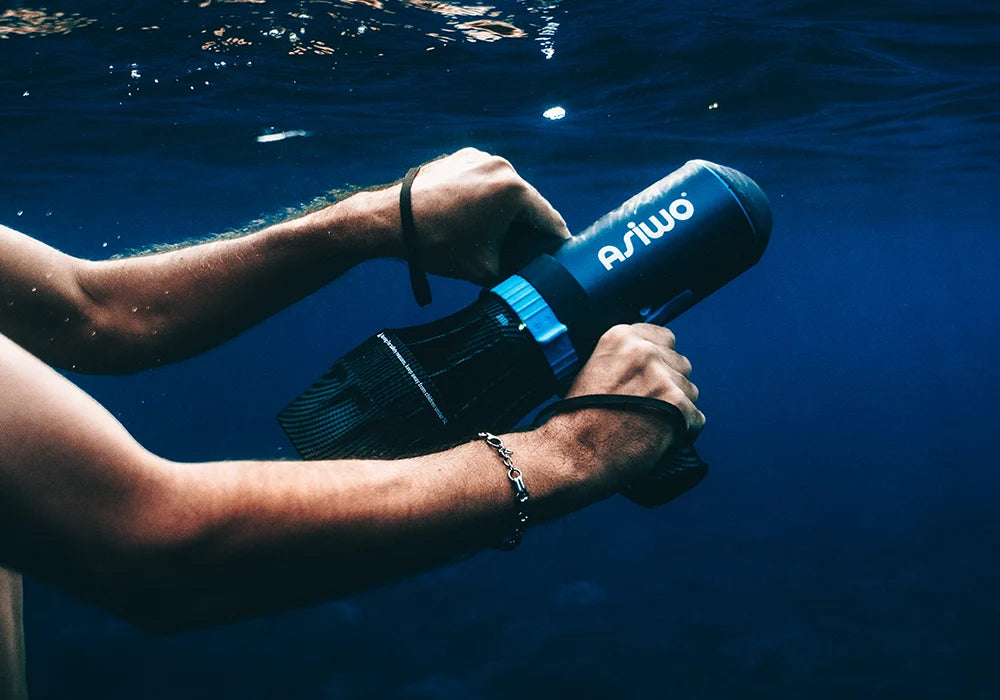




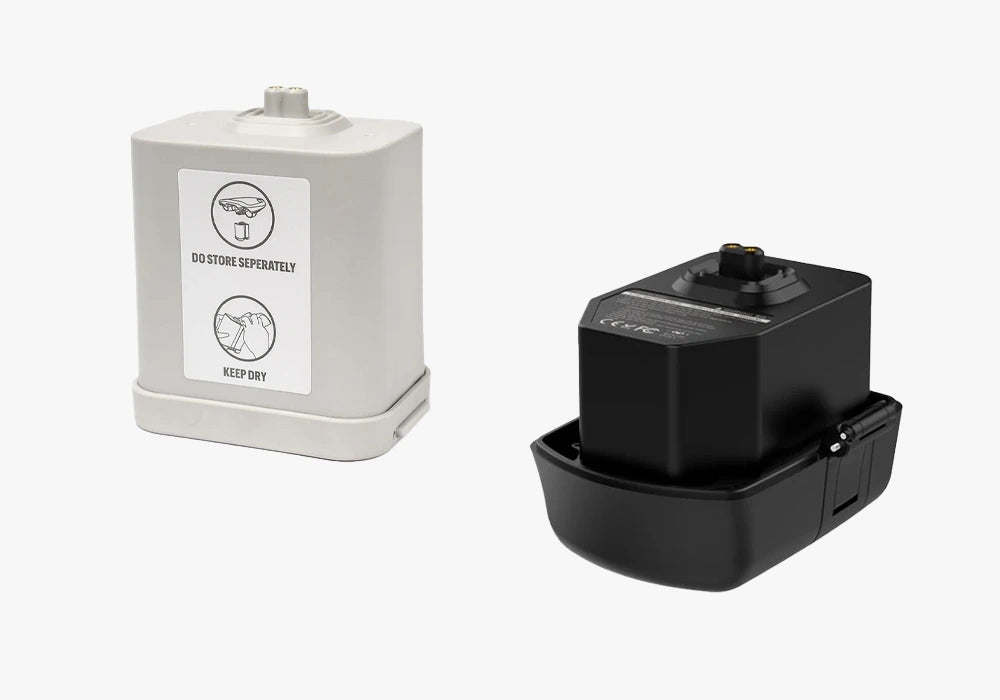





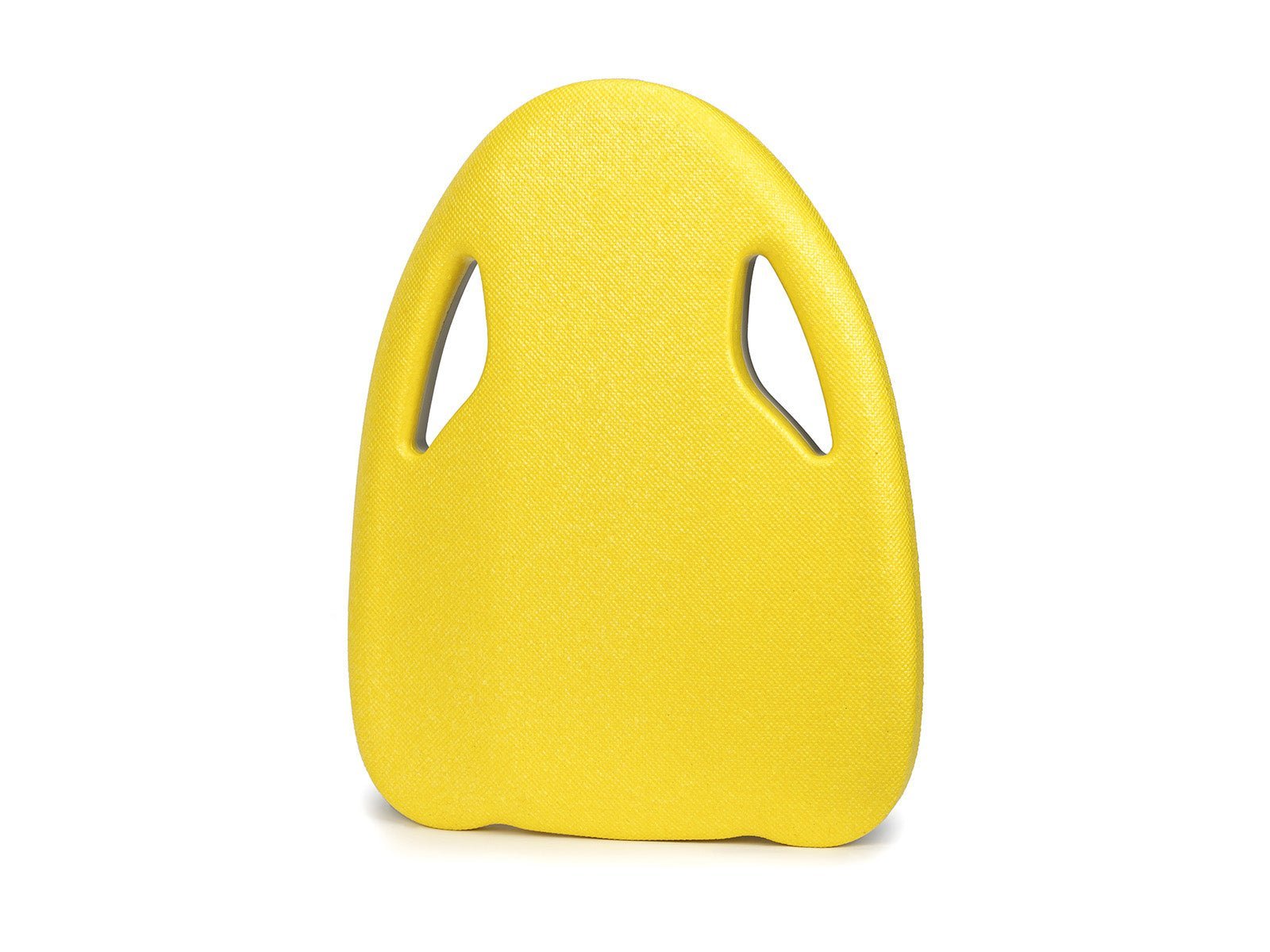
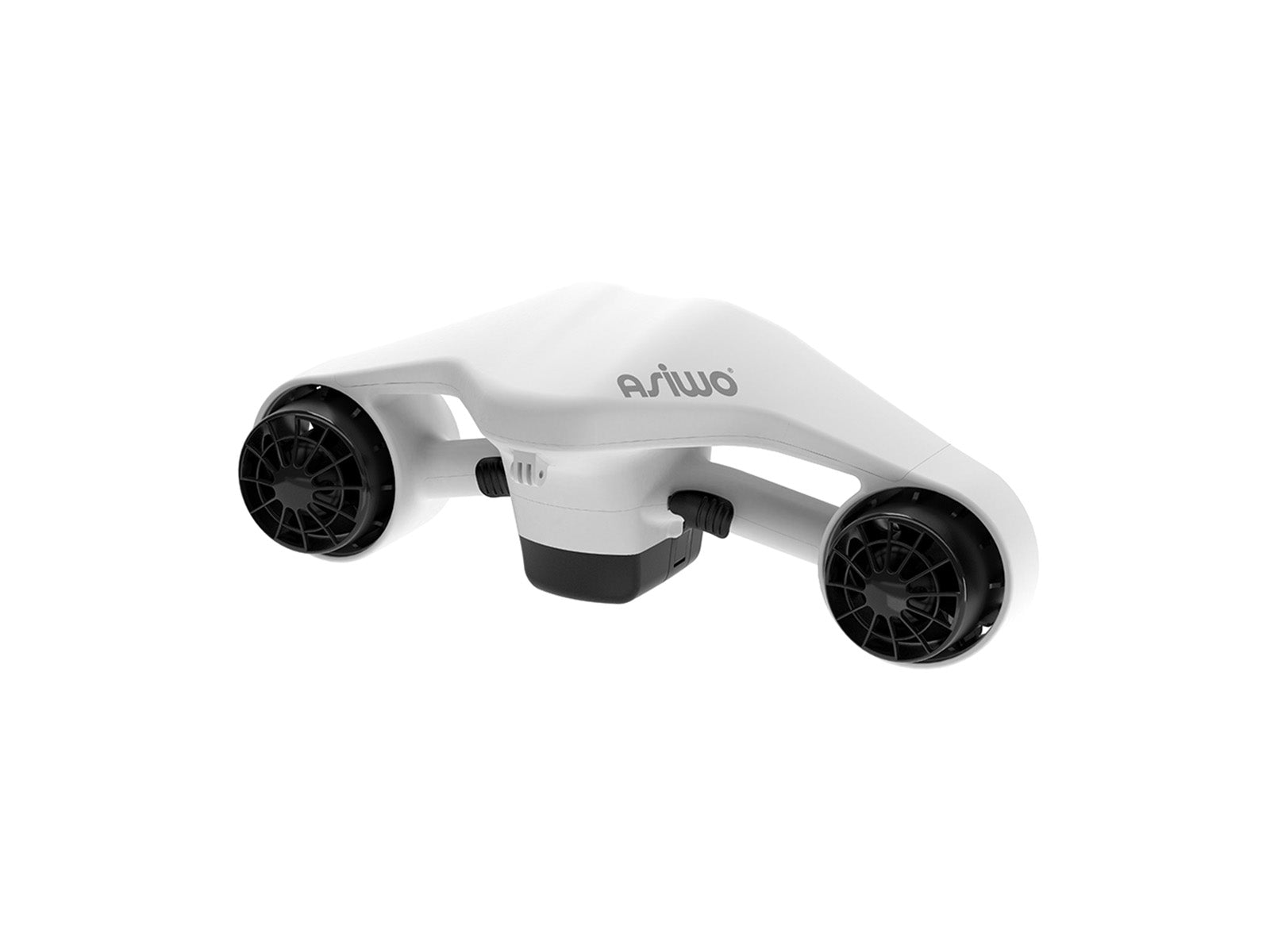
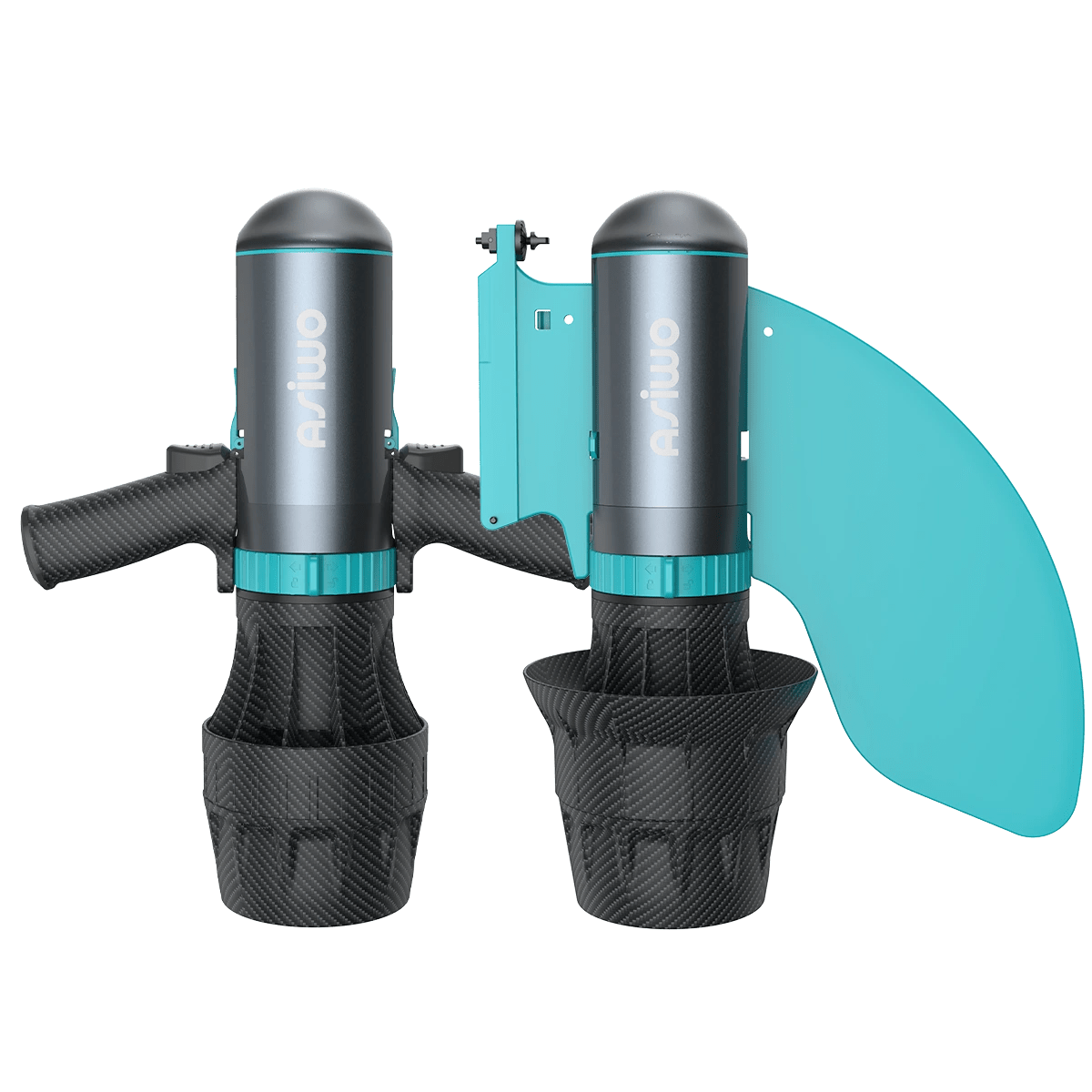




Laissez un commentaire